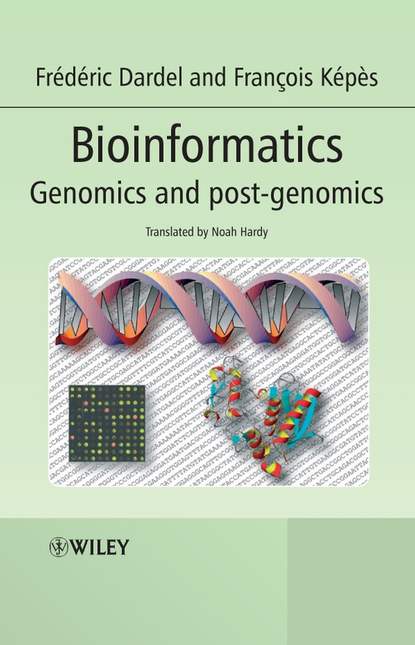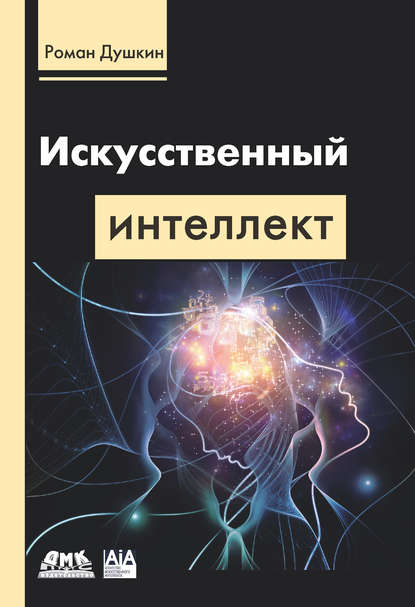Книга "Bioinformatics" является отличным вводным учебным пособием, описывающим использование биоинформатики для анализа геномных и постгеномных данных. Она была переведена с оригинального французского издания, которое основано на курсе, преподаваемом в известной Эколь Политехник в Палезо. Данное издание полностью пересмотрено и обновлено авторами. После краткого введения в структуру генов и определения последовательностей, описываются техники, используемые для идентификации генов, их кодирующих последовательностей белков и регуляторных областей. В книге обсуждается методология сравнительной геномики, используя информацию из разных организмов для вывода информации о неизвестных последовательностях. Есть обширная глава о предсказании структуры, охватывающая как РНК, так и белки. Наконец, книга описывает сложные сети РНК и белков, существующие внутри клетки, и их взаимодействия, завершаясь обсуждением подходов к моделированию этих сетей. Отзывы о книге: "В контексте новых разработок, которые принесла геномная эпоха, Bioinformatics: Genomics and Post-Genomics становится фундаментальным и незаменимым ресурсом для студентов бакалавриата и начального уровня магистратуры...авторы умно написали...это незаменимая помощь для студентов...в установлении важных основ, в то время как они формируют свою карьеру", - NEWSLETTER, БРИТАНСКОЕ ОБЩЕСТВО КЛЕТОЧНОЙ БИОЛОГИИ.
This book is an extraordinary introductory volume which describes the use of bioin formatic s for the analysis of genomic and post genomic data, and has been produced from an earlier rather popular version originally written in the French language, which itself derived from material presented in a popular public course taught in an esteemed French polytechnic college, the EI I I Polytechnique de Palaizeau.
This new edition has undergone a total revision and updating. The author he re intended introductions associated with gene structures and determination of their genetic make upth describe the methods used for identifying genes, determining sequences encod ing proteins and identifying regions which regulate gene expression. A whole chapter deals with the philosophical basis of comparative genomcs, showing how information concerning the genetic makeup of diverse organisms can show us how to assign explanations to sequences for which we do not have specific knowledge. There is also a rich chapter dealing with 'structural' predictions, detailing not just the structures of RNAs but also the protein structures. And finally, the author provides copious attention to the intricate networking arrangements which exist in parallel within eel cells, providing detail on their mutual relationships, together with touches on the building strategies which may be used in order to model the functioning of such networking arrangements.
Reviews have been highly positive in judgments of this work, stating: "In relation to the innovatory trends wrought by this new era of genomics science, Bioinformatics : Genomic and Post genomic becomes a primary and indispensable reference source for undergraduates and beginners on graduate study…crafted informatively…that will no doubt aid students...during the determination of important principles and during their pathworking".
Электронная Книга «Bioinformatics» написана автором Noah Hardy в году.
Минимальный возраст читателя: 0
Язык: Английский
ISBN: 9780470020029
Описание книги от Noah Hardy
This book is an excellent introductory text describing the use of bioinformatics to analyze genomic and post-genomic data. It has been translated from the original popular French edition, which was based on a course taught at the well-respected École Polytechnique in Palaiseau. This edition has been fully revised and updated by the authors. After a brief introduction to gene structure and sequence determination, it describes the techniques used to identify genes, their protein-coding sequences and regulatory regions. The book discusses the methodology of comparative genomics, using information from different organisms to deduce information about unknown sequences. There is a comprehensive chapter on structure prediction, covering both RNA and protein. Finally, the book describes the complex networks of RNA and protein that exist within the cell and their interactions, ending with a discussion of the simulation approaches that can be used to model these networks. Praise from the reviews: “In context of the new developments the genomic era has brought, Bioinformatics: Genomics and Post-Genomics becomes a fundamental and indispensable resource for undergraduate and early graduate students…insightfully authored…will immensely help students…in establishing important foundations while shaping their careers.” NEWSLETTER, BRITISH SOCIETY OF CELL BIOLOGY



















